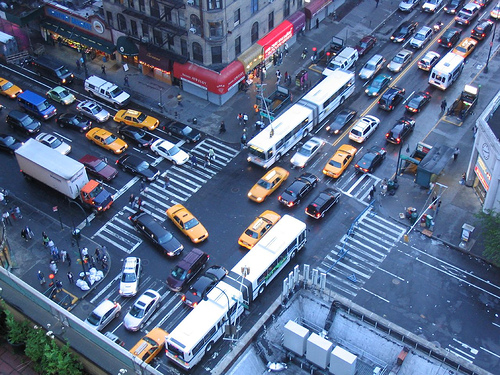Wednesday, June 9, 2010 1:00 PM – 2:30 PM EDT

In December 2009, an international scan was conducted to identify new ideas and practical, workable models for integrating variable road pricing approaches into state, local, and regional policies, programs, and practices. Scan team members interacted with host city and country experts from Stockholm, Sweden, London, England, Singapore, Germany, the Czech Republic, and the Netherlands. Specifically, the scan team explored the political, institutional, and technical factors that contributed to the successful implementation of road pricing and, in some cases, to their rejection.
Panelists will present the findings of the scan and will address the potential for road pricing to be a part of a sustainable twenty-first century transportation system. The scan was conducted under the auspices of the International Technology Scanning Program, which is conducted by the Federal Highway Administration in cooperation with the American Association of State Highway and Transportation Officials and the National Cooperative Highway Research Program.
Session presenters:
- Robert Arnold, Federal Highway Administration
- Vance Smith, Georgia Department of Transportation
- Patrick DeCorla-Souza, Federal Highway Administration
Moderated by: John Doan, SRF Consulting (Questions may be posed any time during the Webinar, and are answered at the end of the session).
Registration: Participants must register 24 hours in advance. There is no fee for Chairs of TRB Standing Committees, Sections, or Groups. There is also no fee for employees of TRB Sponsors: http://bit.ly/9tduwj. TRB Sponsors: Please use your work email to register for the session. Others must pay $99 per site.
There may be situations where a webinar may need to be rescheduled due to unforeseen events. If a webinar needs to be rescheduled, TRB will contact you via email to provide information about rescheduling the session.
Problems signing in? Contact Reggie Gillum at rgillum@nas.edu or 202-334-2382.
Click here to register.












